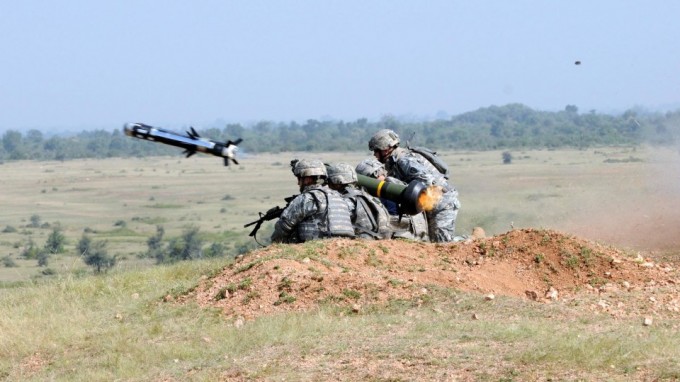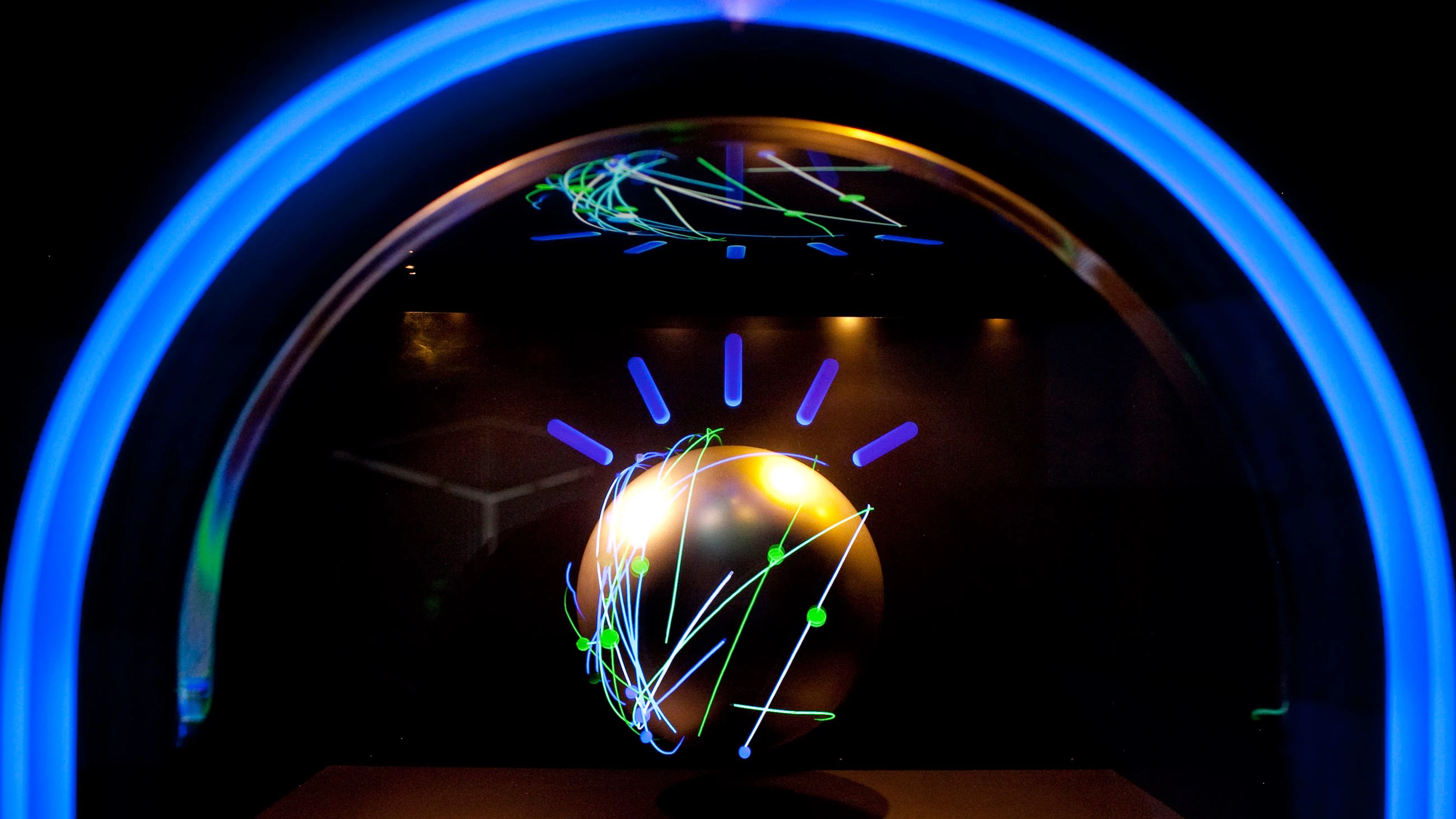
Technology has played a vital role throughout human history in the fight against disease. Collectively diseases, from cancer to heart disease, are the leading cause of death in the United States. According to the CDC, more than 600,000 Americans die of heart disease and another 580,000 die of cancer every year. As new technologies emerge, the future of fighting disease will look very different than it does today.
Ending Malaria

How Anti-Missile Technology Is Being Used to Detect Malaria
Cloud technologies, in association with data analysis, are being used today to create an online system for health professionals that can predict the spread of malaria. Developed by the University of California in association with Google Earth, this engine develops maps that will help developing countries to battle the mosquito-carried disease, which UCSF estimates kills 600,000 people a year. Local health workers upload data concerning cases of malaria and it is analyzed and compared to other cases in real time. The engine then estimates where the outbreaks will occur next so that resources can be distributed. Since many countries afflicted with malaria epidemics have limited resources, the system allows them to target the areas that are likely to have an epidemic with pesticides and antimalarial medications, instead of wasting resources in areas that are unlikely to have an outbreak.
Additionally, Mozy reports that a team lead by Nathan Myhrvold has built a laser than can target mosquitoes and zap them out of the air. Built with store-bought electronics, the laser system can even differentiate between mosquitos and other, beneficial insects and only eliminate the dangerous disease carrier. Placed outside homes and hospitals, the laser system could cut down on the cases of infection by thousands a year. The future may very well see the development of new platforms for tracking other diseases as cloud computing reaches the far corners of the earth, as well as affordable insect control technology to deploy in developing countries.
Watson Fights Cancer

Watson’s next feat? Taking on cancer
IBM’s most famous supercomputer, known as “Watson,” is capable of quickly analyzing huge amounts of data. It is this power that may be used soon to diagnose cancer, as Watson can sift through data in minutes that would take weeks for humans to sort. Spearheaded by IBM, the BBC reports that the Cleveland Clinic, Yale Cancer Centre and the Fred & Pamela Buffet Cancer Center are collaborating on the project as well. More contributors to the project are planned to join the next year, and Watson’s deployment will mean that thousands of cases a day can be analyzed for actionable diagnosis, all from one shared system.
Watson will look for actionable cases among the thousands of cases that are fed into it and advise as to the proper course of action. It does this by examining genetic mapping of patients genomes as well as medical records that are loaded into its system. This data is massive – a single person’s genome map is about 100GB of data, and only something with the computational power of Watson could realistically process it all at a speed that can actually help people. As powerful supercomputers dedicated to singular tasks evolve, the field of disease treatment and diagnosis could very well be aided by systems that process data and sort it by action so that doctors can apply their strongest efforts where they are most needed.




